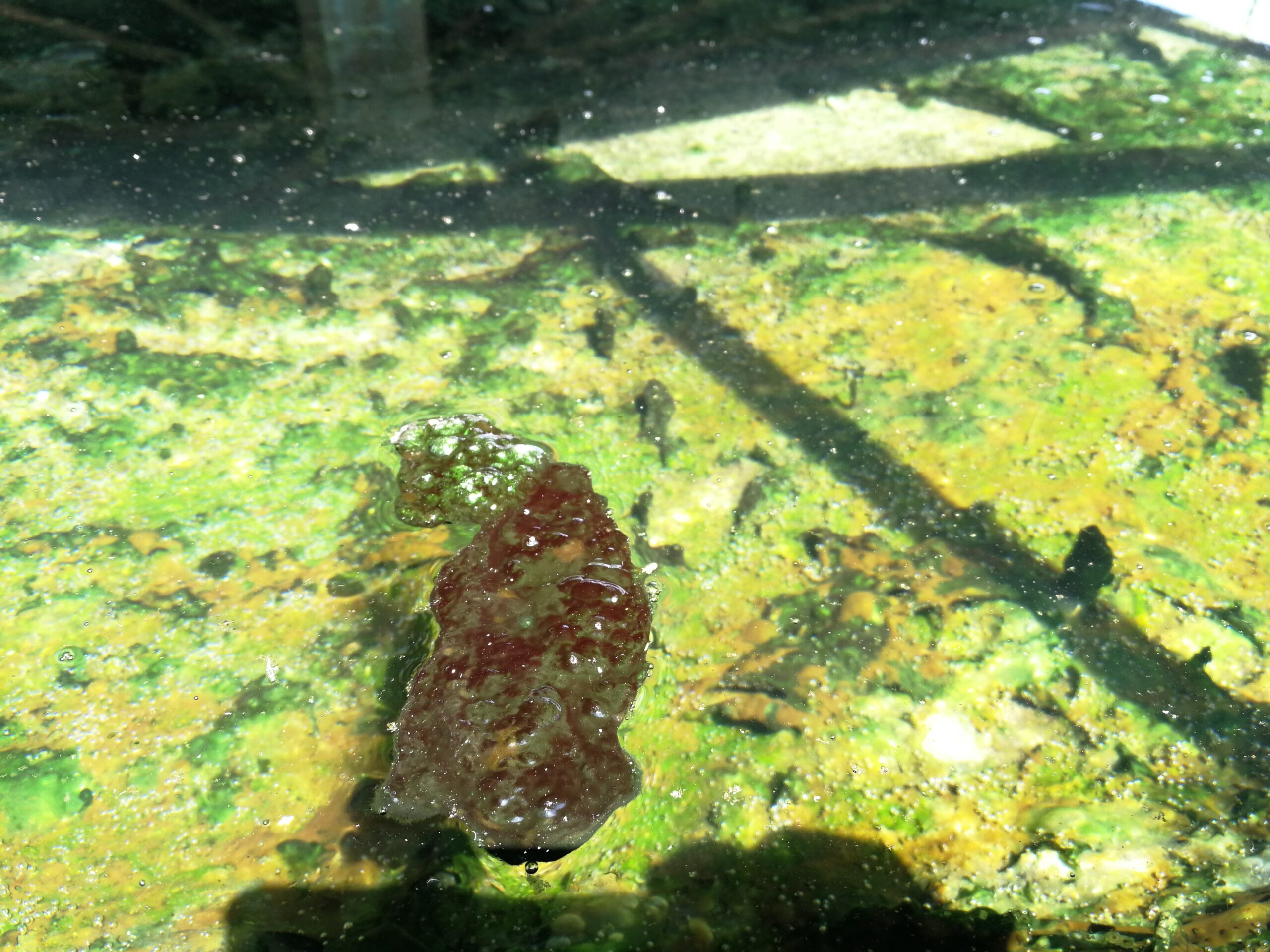If you’ve noticed green, slimy patches in your cooling tower, you’re dealing with a common but significant problem: algae and biofilm growth. While they may seem like mere nuisances, these organisms can have serious consequences for your cooling system’s efficiency, safety, and longevity. In this blog, we’ll explore the effects of algae and biofilm, solutions to manage and prevent their growth, and essential testing protocols to ensure your cooling tower stays clean and efficient.

What Is the "Green Stuff"?
The green substance is typically a combination of algae and biofilm, which thrive in cooling towers' wet, warm environments. Algae are photosynthetic microorganisms that grow quickly in sunlight and nutrients. Biofilms are more complex, consisting of bacteria, fungi, and organic matter that form a slimy layer adhering to surfaces.
Effects of Algae and Biofilm Growth
Ignoring algae and biofilm growth can lead to multiple issues:
- Reduced Heat Transfer Efficiency
- Biofilm and algae act as insulating layers, significantly reducing your system’s ability to transfer heat. This forces your system to work harder, increasing energy consumption and operating costs.
- Clogged Piping and Equipment
- Algae can accumulate and break off, clogging pipes, nozzles, and other critical components. This reduces flow rates and disrupts cooling performance.
- Corrosion
- Biofilms create an environment conducive to microbiologically influenced corrosion (MIC), which can damage metal components and cause costly damage.
- Health and Safety Risks
- Cooling towers with unchecked biofilm growth can harbor harmful bacteria like Legionella, posing health risks to employees and the surrounding community.
- Regulatory Compliance
- Many jurisdictions mandate regular cooling tower testing and maintenance. Excessive biofilm or algae growth could result in violations, fines, or shutdowns.
Solutions for Controlling Algae and Biofilm
Effective management requires a combination of mechanical, chemical, and operational strategies:
- Regular Cleaning and Maintenance
- Mechanical Cleaning: Remove visible algae and biofilm with physical scrubbing or high-pressure washing.
- Drain and Flush: Periodically drain and flush the tower to clear accumulated debris and contaminants.
- Chemical Treatments
- Algaecides: Use EPA-approved algaecides to target and kill algae.
- Biocides: Employ oxidizing (e.g., chlorine, bromine) and non-oxidizing biocides to address biofilm and microbial growth.
- Dispersants: Break up biofilm layers, allowing biocides to penetrate more effectively.
- Water Quality Management
- Monitor and control nutrient levels (e.g., phosphates and nitrates) to limit algae and biofilm growth.
- Maintain proper pH, temperature, and dissolved oxygen levels to create an environment less conducive to microbial growth.
- Filtration and Side-Stream Treatment
- Install filtration systems to remove organic matter, debris, and particulates that feed biofilm formation.
- Use side-stream filtration to treat a portion of the circulating water continuously.
- UV Disinfection
- Ultraviolet (UV) systems can help kill microorganisms without introducing additional chemicals.
Testing Protocols for Monitoring Growth
Routine testing is essential to catch and address problems early. Here are the key tests to include in your maintenance plan:
- Microbial Testing
- Test for total aerobic bacteria, heterotrophic plate counts (HPC), and Legionella levels.
- Use dip slides, swabs, or laboratory analysis to measure microbial load.
- Visual Inspections
- Regularly inspect accessible areas of the cooling tower for signs of green slime, discoloration, or unusual odors.
- Water Chemistry Testing
- Monitor pH, conductivity, hardness, alkalinity, and nutrient levels to ensure they remain within recommended ranges.
- Biofilm Monitoring
- Specialized tools like biofilm sensors can provide real-time data on growth in hard-to-reach areas.
Prevention Is Key
While reactive cleaning and treatment are important, prevention should be the cornerstone of your cooling tower maintenance program. A comprehensive water treatment plan, combined with regular inspections and testing, can control algae and biofilm growth.
Final Thoughts
The green stuff in your cooling tower is more than just an eyesore—it shows potential inefficiencies, risks, and costly damage. By understanding the effects, employing targeted solutions, and maintaining a diligent testing regimen, you can protect your cooling system and ensure it operates at peak performance.
If you need expert guidance on cooling tower maintenance, chemical treatments, or testing services, contact Hydrotrue. We’re here to help you optimize operations while safeguarding your equipment and the environment.
Let’s make your cooling tower as efficient as it can be!
